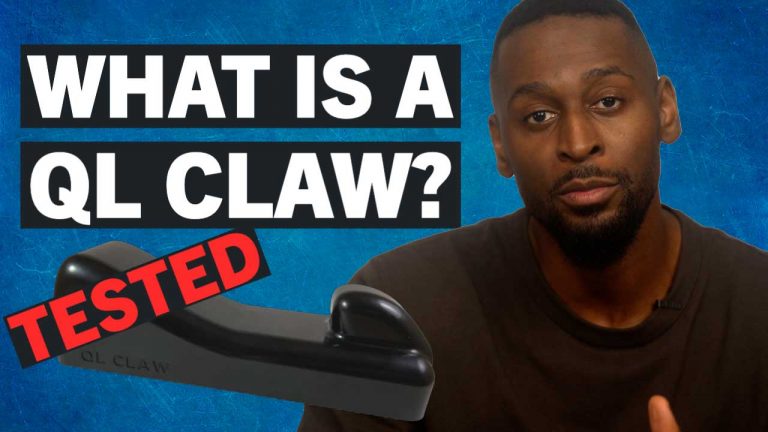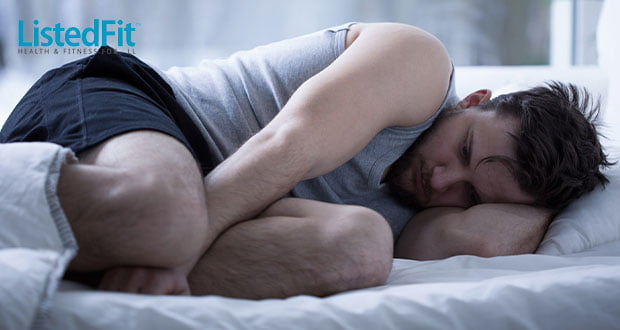Rotator Cuff Injury – Causes and Fixes
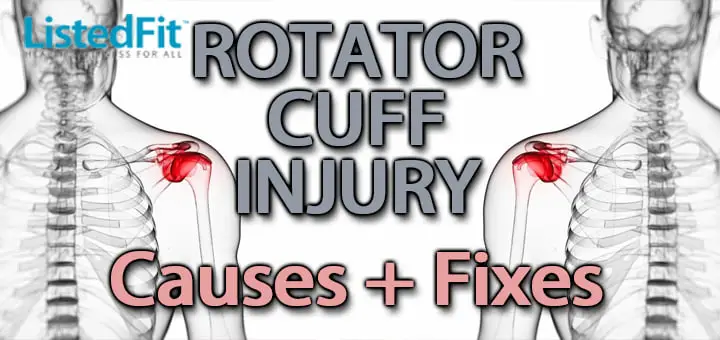
ListedFit is reader-supported. When you buy through links on our site, we may earn a small commission.
Treating Your Rotator Cuff Injury – Causes and Fixes
What Is Your Rotator Cuff?
Your rotator cuff consists of a group of muscles and tendons that surround the shoulder joint. These keep the head of your upper arm bone snug in the shallow socket of your shoulder. This allows you to move your arm and perform any function necessary.You will be able to tell that you have a rotator cuff injury when you experience any of the following symptoms.
You have a dull ache in the shoulder.
This pain gets worse at night especially if you try to sleep on the injured side.
If you have a hard time combing your hair or trying to reach behind your back.
Should your arm have any weakness in it.
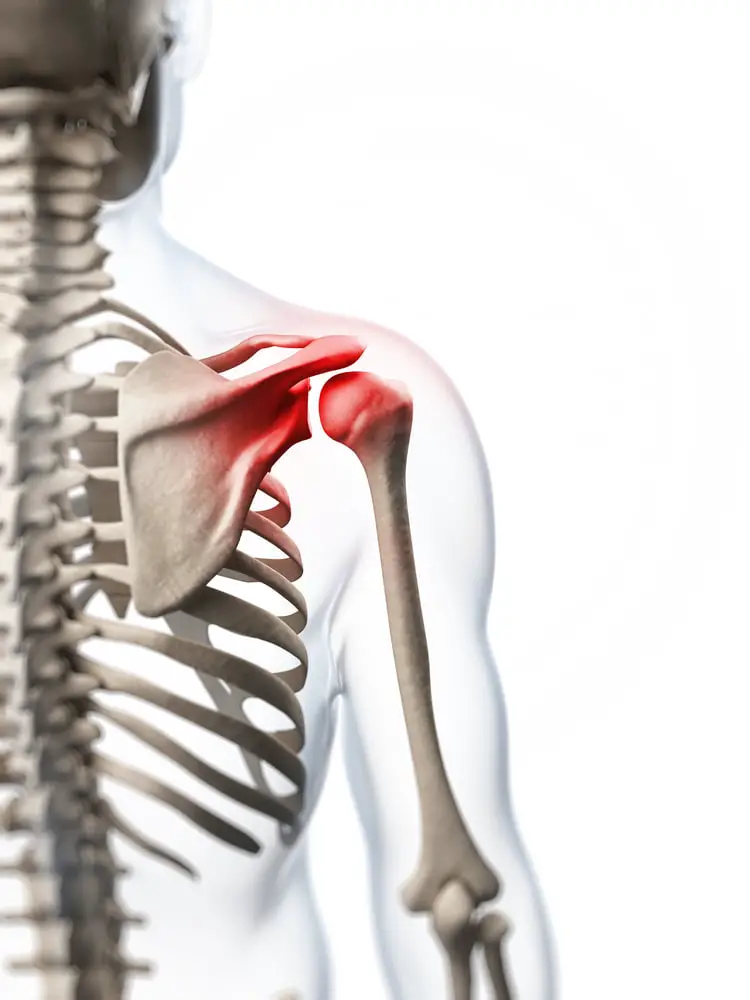 What Could Cause A Rotator Cuff Injury?
What Could Cause A Rotator Cuff Injury?
There are a number of different ways that you could injure your rotator cuff.
1) By Falling
If you take a fall and use your arm to break the fall this could damage the muscle. If you fall on your arm the rotator cuff tendon or the muscle can be bruised or torn.
2) Lifting or Pulling
When you lift an object that is too heavy your muscle could tear from the strain. When you are doing lifting over your head there is added stress on the rotator cuff. By not using proper ergonomics ( lifting form ) you are putting yourself at risk.
3) Repetitive Stress
If you are doing repetitive movements with your arms overhead there is a very good chance your muscles and tendons will become inflamed and eventually tear.
4) Bone Spurs
You may have an overgrowth of bone on a part of the shoulder blade that protrudes over the rotator cuff. Over time this extra piece of bone can irritate and damage your tendon.
Also please keep in mind that there are some other factors which can contribute to an injury. Your age is a very important one as most injuries occur in people over 40.
Playing sports can also put you in a higher risk bracket for a rotator cuff injury. The repetitive arm motion of a baseball pitcher puts him high on the list. Tennis players and archers are also on the list of sports that may increase your chances of an injury.
Some construction jobs also fall on the list of high injury rates. Some main jobs include carpenters and house painters. The repetitive overhead arm movements required in these jobs put the worker at a higher than normal risk for rotator cuff injuries.
What Treatments Are Recommended for Rotator Cuff Injuries?
When you first notice a problem and think you could have a rotator cuff injury you should go to see a doctor. Be prepared for your doctors questions such as:
- When did the pain start?
- What were you doing at that time?
- He will want to know if the shoulder pain is connected to any neck pain.
- Does the pain travel down your arm?
- What movement increases the pain?
- What job do you do?
There are some tests that your doctor may require in order to properly treat your rotator cuff injury.
1) He may send you for an x-ray to rule out a bone spur that might be causing your pain.
2) An ultra sound can show any damage to your muscles and tendons.
3) The last test would be an MRI. This test is excellent at revealing problems in both the bone and soft tissue.
The most conservative treatment for rotator cuff injury is rest, ice and physical therapy. If this does not reduce your pain the doctor could recommend a steroid injection. This would go straight into your shoulder joint. This treatment can be used if your sleep is being interfered with, you need your sleep so your body can heal naturally. If you can not perform your exercises at physical therapy or your everyday activities are being limited severely. NOTE these shots should be taken as a last resort as they tend to weaken the muscles.
The physical therapy will help you regain the strength and flexibility in your shoulder.
If your injury is severe your doctor will recommend you to a surgeon. The the major reason for this are as follows.
1) Bone Spurs
If there is a bone spur it will need to be removed. This is often done using orthroscopy. The procedure consists of a fibre-optic camera and special tools that are inserted through a tiny incision.
2) Tendon Repair or Replacement
Many times the tendon can be repaired and reattached to the upper arm bone. If the tendon has been too badly damaged your surgeon can opt to use a tendon from nearby to replace the damaged one.
3) Shoulder Replacement
This treatment is most often done when the patient has arthritis or another degenerative joint disease. Or if the rotator cuff has sustained a massive injury. There is an innovative procedure that installs the ball part of the artificial joint into the shoulder blade and the socket part into the arm bone. ( backwards to what we have now )
Some Warm Exercises That Can Help Recovery
Most people exercise the chest muscles along with the shoulder and upper arm muscles. You should also strengthen the muscles in the back of the shoulder and around the shoulder blade. This will give your shoulder optimised muscle balance. Your doctor or your physical therapist will be able to give you an exercise routine.
Some simple stretches that you can feel in your muscles will benefit you at home.
Lift your arm up, bend over your head. Take your opposite hand, place it on your elbow and gently push . You will feel a pull in your shoulder and upper arm. Do not over do it.
Another one is stand with your feet shoulder width apart, extend your arms straight out and make small circles with your arms.
This an injury that can be prevented by not overtaxing our muscles and joints, by keeping in good physical condition. However if an injury does occur there are a few different treatments that will get you back in shape. Be sure to consult your doctor and follow his course of treatment. The conservative treatment could be used anytime to keep your shoulder and surrounding muscles in prime shape. When surgery is needed the recovery is slower but just as healing with exercise.
Author
Latest entries
 FitnessAugust 19, 2023Yohimbe vs Yohimbine: A Quick Comparison Guide
FitnessAugust 19, 2023Yohimbe vs Yohimbine: A Quick Comparison Guide AshwagandhaJune 16, 2023Is Ashwagandha Good for Working Out? Key Benefits Explored
AshwagandhaJune 16, 2023Is Ashwagandha Good for Working Out? Key Benefits Explored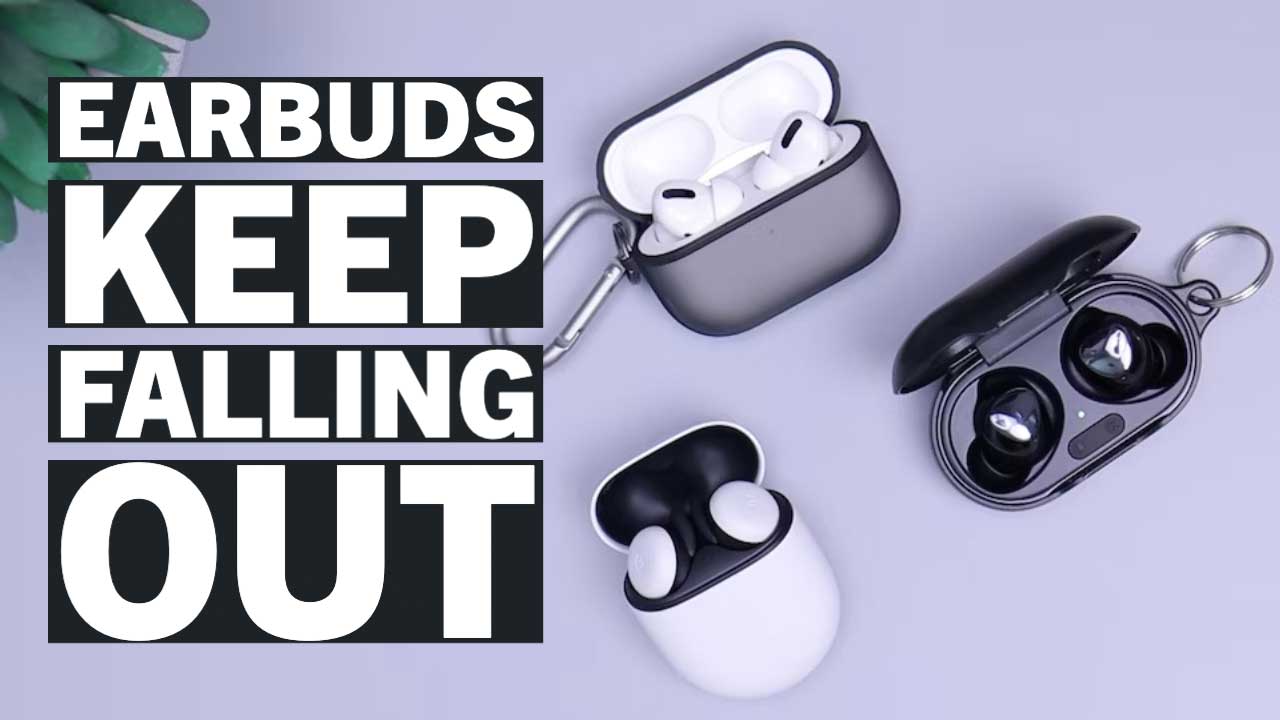 Sports HeadphonesMay 25, 2023Why Your EarBuds Keep Falling Out – Quick and Easy Solutions
Sports HeadphonesMay 25, 2023Why Your EarBuds Keep Falling Out – Quick and Easy Solutions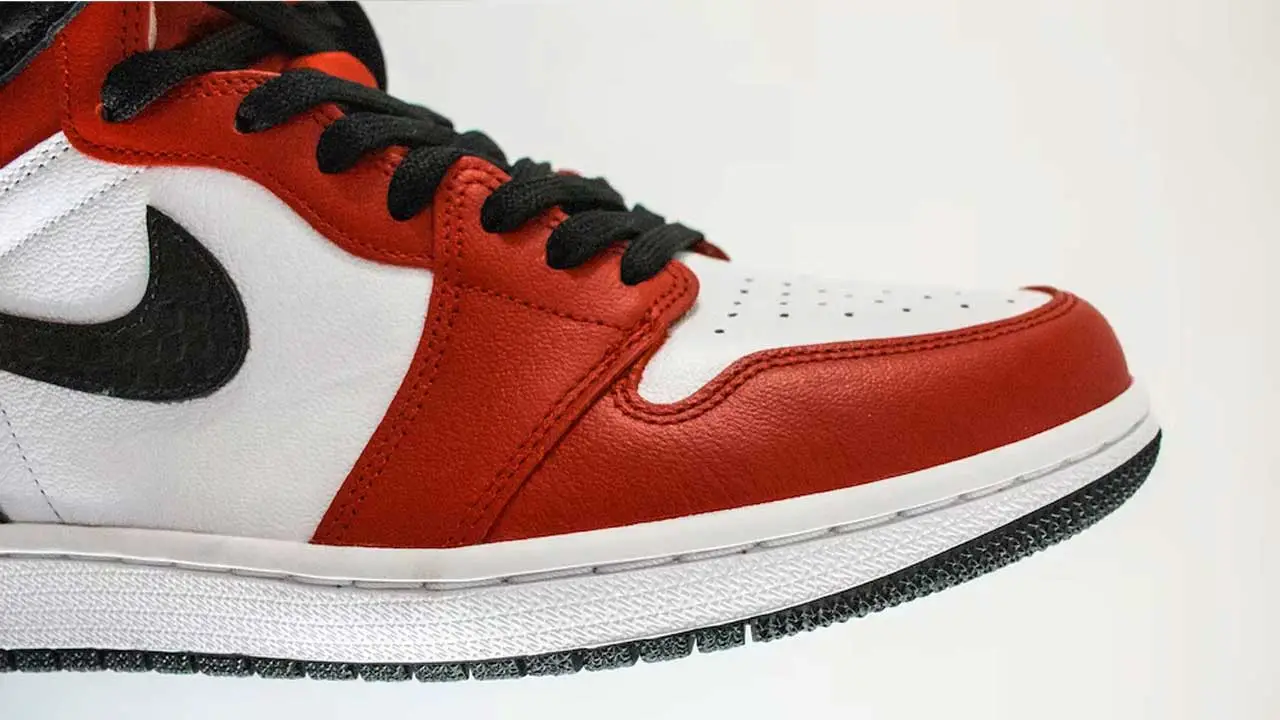 Nike ShoesMay 12, 2023Do Nikes Run Big or Small? Decoding the Perfect Fit
Nike ShoesMay 12, 2023Do Nikes Run Big or Small? Decoding the Perfect Fit
Affiliates:
This post may contain affiliate links that at no additional cost to you, the site may earn a small commission. We only recommend products we would use ourselves and all opinions expressed on this site are our own.
General Advice:
The information provided in this article is for general informational purposes only. It is not intended as a substitute for professional advice. Always consult with a qualified healthcare professional before starting any new diet, exercise program, or making changes to your health routine.
Accuracy Advice:
While we strive to provide up-to-date and accurate information, the content in this article may not reflect the most current research or medical guidelines. We encourage readers to do further research and consult with professionals for more personalized advice.
Our Recommendations:
The products and services mentioned in any of our articles are recommended based on our independent research and personal experience. We are not sponsored by any company. We aim to suggest products and services we believe are of high quality and could be beneficial to our readers.


